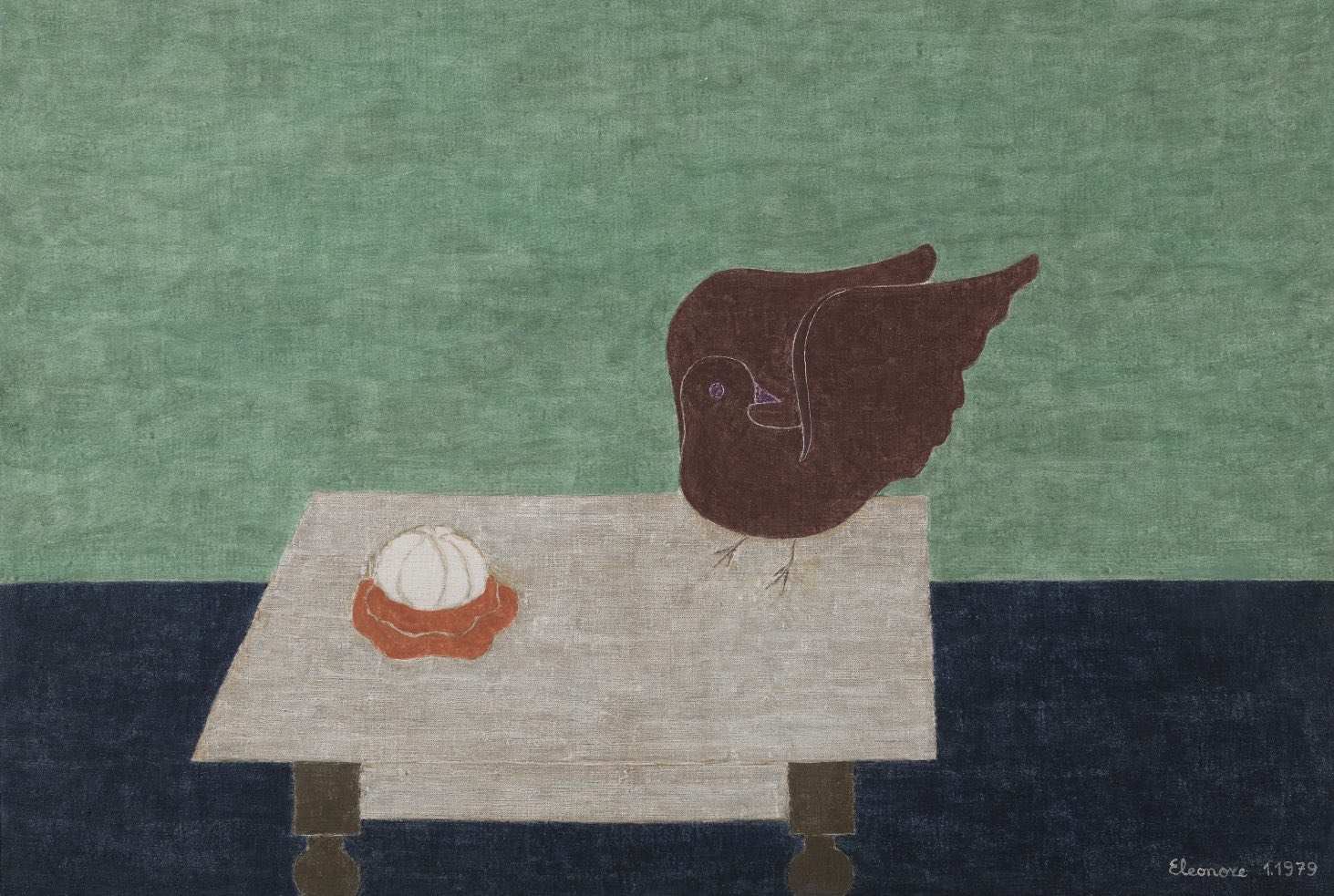
Eleonore Koch
Nearly Concrete
Exhibition
-> Feb 6 2024 – Mar 23 2024
Travesía Cuatro presents the exhibition Casi concreto [Nearly Concrete] by Eleonore Koch, curated by Cristiano Raimondi.
Casi concreto [Nearly Concrete] is the second chapter of a show around the work of Eleonore Koch first introduced by Travesía Cuatro at the Fundación Fernando de Castro, in Madrid, in 2023.
Eleonore Koch was born in 1926 in Berlin. Ten years later, she moved to Brazil settling home in São Paulo accompanied by her mother, the psychoanalyst Adelheid Koch, her father, the lawyer Ernest Koch, and Esther, her sister. In 1943, supported by her parents, Koch enrolled in drawing lessons with the Romanian-Brazilian informal painter Yolanda Mohalyi (1909-1978) and in sculpture lessons with Elisabeth Nobiling (1902-1975). Six years later, after the Second World War, she traveled to Paris to continue her studies in sculpture with Robert Coutin (1891-1965) and in painting with the Hungarian artist Árpád Szenes (1897-1985), who also lived in Brazil. She lived in Paris until 1952, where she first met Brazilian artists whose works were affiliated with concretism, such as Geraldo de Barros (1923-1998) and Lygia Clark (1920-1988) – who also studied painting with Szenes.
After returning to Brazil, Eleonore Koch focused on painting interior spaces and still lifes. During that period, she was unable to make a living from the sale of her paintings and was employed, among other occupations, as an assistant set designer for theatre plays and in a local television station. In 1953, two major events happened to Lore Koch: she met the psychoanalyst, collector, and art critic Theon Spanudis (1915-1986) who became a patron of her work and, through his help, she managed to become a student of Alfredo Volpi (1896-1988) for three years, with whom she discovered the tempera technique. Following Volpi in his atelier, Lore Koch also learned what he considered to be the painter’s basic task: “to solve the canvas”. At Volpi’s atelier, Eleonore Koch also became closer with the Brazilian concrete avant-garde – to whom Volpi was a central figure. Nevertheless, Koch insisted on working in figurative art in a period when geometric abstraction was somehow predominant in Brazil. Regardless, her works echo the reference to the Brazilian Concretist avant-guard: the relationship between figure and background, and the rigorous structuring of the line, usually horizontal. The artist herself stated in an interview that “although I cannot renounce the object in my painting and, therefore, I am not part of the concrete art movement itself, I can say that the problems posed by this movement and the works that result from it fascinate me greatly”.
Lore Koch’s canvases are a rigorous result of a long and meditative process of work that she pursued through the use of different exercises. The charcoal drawings of interior spaces and still lifes test the perspective, in which frontal, diagonal, and vertical planes coexist. They are preparatory studies for the paintings, which already show the isolation of objects and the vast empty spaces. In the canvases, Koch adds a coloring that renders interior spaces with a melancholic and psychological atmosphere that makes it dense and somewhat austere, but not confessional nor sentimentalist. Besides the investment in an expressive approach to color, the artist explored the material density of the pigment achieved through the tempera technique. During the 1960s, although she continued to paint still lifes and interior spaces, she opened up to the landscapes, where the first isolated architectural elements, such as arches, began to appear.
In 1968, Koch received an offer to work at the Redmark Gallery in London. There she began the series of paintings dedicated to parks, which started with the Regent’s Park, in which Koch uses photography to test perspectives and isolate ornamental details. In these gardens, what strikes her are the ornaments: amphorae on bases, arches, statues, and columns. These elements are subsequently worked into charcoal drawings on paper in which the artist synthesizes the objects and simplifies the planes. The landscapes, sometimes scenographic and theatrical, show a summarized observation of the external world that purifies its elements through a rational method. However, it is not a rationalist pictorial space, for Koch attributes a psychological atmosphere that emanates from the meticulous coloring. Furthermore, these landscapes recall the atmosphere of films such as Last Year at Marienbad. Early in her career, Koch was a set design assistant, as well as keeping, from 1948 until the end of her life, film binders with clippings and notes on the films she watched - among them, the aforementioned film by Alain Resnais.
Throughout her travels, Koch continued to produce paintings of interior spaces, still lifes, and landscapes that show the continuous deepening of her artistic research. The selected works that are presented in this exhibition are broad and cover the various phases of Eleonore Koch’s artistic career, from the 1960s to the mid-1990s. The various methods she uses to prepare the composition, as well as her canvases communicate a meticulous and disciplined rational work. Koch stated that “While it is essential to preserve certain elements of the glance view, I want at the same time to alter it”. Her works require us to linger over them to grasp the dense spatial structuring that is done with few and simple elements, suggesting countless formal and chromatic relationships between them, while they are shrouded in an austere and melancholic emotional atmosphere.
— Cristiano Raimondi, curator.